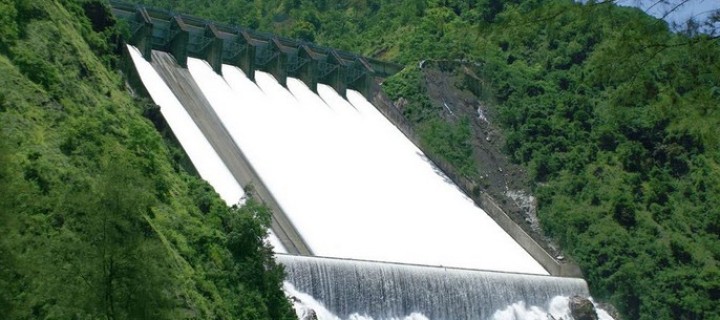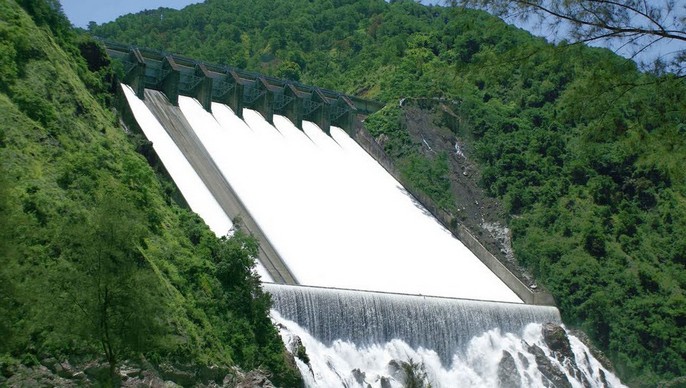Reach more home owners! Advertise with Smart Homes Now!
Reach millions of home owners now! Advertise with us!
Email Us
Several months ago, we featured a report on water-stressed countries. Well, that problem will get real soon enough. The good news is that improving water production and recycling
According to a Frost & Sullivan report, the intensifying difficulties in obtaining clean water have stoked a plethora of innovations in water production technologies. No country is truly safe from water shortage. Countries that recently enjoyed abundant water supply are waking up to the reality of water scarcity. They’re looking at enhancing wastewater reuse and the development of advanced recycling technologies. The trend of water reuse is gathering momentum, especially in Europe, where industries reuse their wastewater even as process water to lower costs and circumvent the risk of water scarcity.
But even coming up with new water production processes have its challenges namely:
- the removal of nitrogen, sulphur and phosphorus compounds in open body water sources
sustainable desalination - the removal of emerging chemical compounds from drinking water
Countries are looking at renewable energy-based solutions to resolve the issue of water-energy shortage.
In the Frost & Sullivan report says that there will be an increase in the uptake of membrane filtration and anaerobic-aerobic technologies, including portable and/or solar-based water filtration systems. Electrochemical technologies, which leverage the electrolytic nature of produced water in unconventional oil and gas mining, are expected to become prominent in the energy sector in the future.
“In agriculture, most water production technologies are aimed at wastewater treatment for reuse, desalination and deposit control,” said TechVision Senior Industry Analyst Jennifer Tan. “Water quality monitoring software and apps are also emerging as vital components of agricultural water production in tandem with smart farming or precision agriculture.”
But the adoption for these new systems could face an uphill battle as existing technologies already meet discharge limits at lower costs.
There’s also the public perception that treated wastewater is inferior to other types of available potable water. Public perception that treated wastewater is inferior to municipal drinking water is another reason for lack of wastewater recycling for potable reuse, particularly in the food and beverage sector.
Therefore, the challenge for technology developers is twofold: bringing novel technologies to the market, and raising awareness regarding their benefits. Incremental advancements in lower-cost technologies are more easily accepted and adopted.
“On the other hand, efforts to avail clean water to poor and isolated communities have seen the rise of innovations beyond technological solutions that bode well for technology development,” Tan observed. “The deployment of business models, programs, partnerships, water governance forms suited to a particular end-user market not only ensures successful and sustainable water production for the poor, but can also increase acceptance of new technologies in the long run.”
For more information on the report, visit the Frost & Sullivan web site or click here






